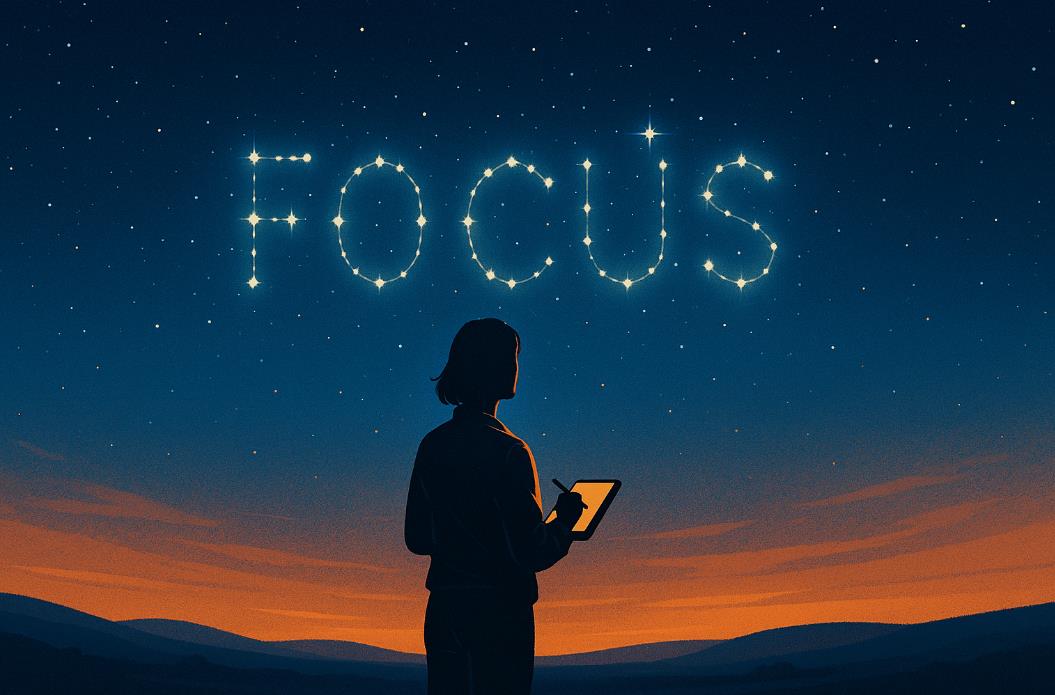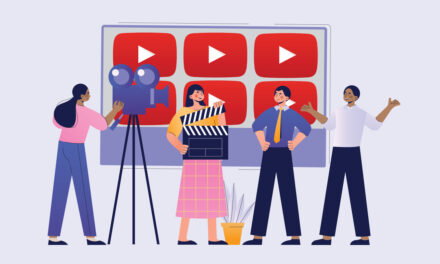Last week I wrote about a window. A short window, maybe three years or less, before AI changes everything about how we create, distribute, and build audiences.
This week, I want to look past that window. What happens after it closes? What kind of world do we enter when machines can produce almost anything on demand?
Some call it the Age of Abundance.
Where “Abundance” Comes From
This is an old idea. Economist Simon Patten wrote about it more than a century ago, imagining a world where technology would end scarcity and provide enough for everyone.
Peter Diamandis and Elon Musk believe AI could end scarcity altogether. Diamandis calls it “exponential abundance.” Musk pictures a world where almost anything…products, services, even creativity…exists in endless supply.
TLDR: Anything we want can be made for anyone at any point. Uh, Star Trek anyone?
The basic idea is that AI and automation will eliminate most of the friction that limits production (Note: Robert Rose would argue that this is not necessarily a good thing). Energy, food, housing, healthcare, and even creative output could all become cheap and widely available. When the costs of making things drop close to zero, we enter an age of abundance.
I’m not sure I buy into this completely, but we are starting to see hints. One example, Tesla’s official launch of a robotaxi, most likely coming to Texas before the end of the year, would theoretically bring the cost of ride sharing down significantly. Once that happens, costs will continue to dive until rides become accessible for anyone. If that scales, people may not need to buy cars. You can see the pattern.
But abundance creates a new kind of problem. Economists at MIT call this the “paradox of abundance.” When almost everything becomes easy to make, the value shifts to what is hard to make. So scarcity doesn’t disappear. It just moves.
The New Scarcity
That shift is already happening in content creation.
When I started in publishing it took weeks to get a blog setup and purchase the correct tools for proper content distribution. Today, AI tools make it almost instantaneous for anyone to produce high-quality articles, videos, music, or images.
So what becomes scarce?
Meaning. Connection. Shared experience. Physical relationships.
When everything is abundant, trust becomes priceless.
This is why I believe that in the Age of Abundance, creators who focus on community and purpose will rise above those who focus on output.
The creator who builds a shared mission will win over the one who just builds content.
Three Moves to Prepare for the Age of Abundance
Here are three strategies to start thinking about now so you are ready for what comes next.
1. Build a Small Tribe with Purpose
David Armano commented on my “three years” article by saying:
“Makes me wonder… if you’re currently working in content/marketing… maybe now is the time to get out? Why would you want to work in a field that has raced to the bottom?”
My response:
“Create a strategy that leads to direct relationships (outside the algo). Email, print experiences, in-person experiences…I believe we can use this window now to create relationships that will live on and grow after synthetic content takes over.”
David responded:
“Maybe all challenging to do with scale. Maybe the era of scaling content is truly over.”
I think David is correct.
Forget about trying to reach everyone. Focus on building a small, mission-driven community that shares your values or goals (or both).
Choose something that matters deeply to you. Design your content around that purpose. Make it clear who belongs and why. As Ann Handley says, “if your content is for everybody, it’s for nobody.” So…make it for somebody very specific.
Then invite those people to help shape what you build. Let them contribute ideas, stories, and experiences. Treat them like collaborators, not followers.
Machines can mimic your style. They can’t replicate shared purpose.
2. Turn Your Process into the Product
In a world of infinite output, your process becomes the most valuable thing you own.
Show how you create. Share your thinking, tools, and behind-the-scenes experiments. Invite your audience to follow along as you build.
Jay Clouse is a great example of this. He built Creator Science not just by teaching content strategy, but by sharing how he works, learns, and tests. His transparency became his brand. He podcasts about exactly what he is doing, what’s working and what’s not, on a regular basis.
Ann Handley has done the same for years, showing writers how to think and feel through the creative process, not just how to write better.
I’ve done a bit of this myself. When Content Marketing World became the talk of the event circuit, I traveled around the world teaching other organizers how we used community collaboration to grow an event from nothing to 4,000 people in five years.
You can do the same. Sell access to the process. Host live sessions, release templates, or create small group workshops where people learn directly from your system.
When output is cheap, process could become a premium.
3. Name Your Focus
This one is my favorite.
In the age of abundance, clarity wins. People should instantly know what you stand for and why it matters.
The best creators are defined by a single idea. One or two words that capture what they own in the minds of their audience.
James Clear has Habits. Ann Handley has Writing. Jay Clouse is building around Trust.
And then there’s me.
If I’m honest, my focus has always been Ownership. But I’ve probably done a bad job marketing that word over the years. I’ve drifted so many times. Content marketing is really what stuck, but the core of content marketing is ownership of data that leads to direct relationships.
Now I’m coming back to it…with Burn the Playbook and a renewed focus on ownership as the path to meaning, freedom, and wealth. That’s what this next phase of my work is really about (besides getting to work on my next novel). NOTE: last line inserted to keep a happy marriage with a spouse that wants me to write more fiction.
Each of us needs that clarity. Because when everything becomes abundant, audiences will gravitate toward creators who make it easy to know what they stand for.
If you do not choose your focus, the algorithm will choose it for you. And it will probably get it wrong.
So choose one. Say it often. Write it into your bio, your website, your podcast, and your merch. Let people see that word and think of you instantly. This is something I’m working myself.
That is how you stay irreplaceable when everything else blends together.
What This Means Right Now
- Ask yourself: What is the deeper purpose behind what I create?
- Make your process part of the value you deliver.
- Choose one word or phrase that defines your focus. Then repeat it until people remember.
You don’t need to reinvent your business model. You may just need to reframe it.
When AI begins producing the majority of the world’s content, success will not come from creating more. It will come from creating meaning. The creators who thrive will be the ones people choose, not the ones who shout the loudest.
The window we talked about last week is still open. This is the time to prepare. I believe the Age of Abundance is coming soon, and those who orient toward meaning and connection today will be the ones who shape it tomorrow.
About the author
Joe Pulizzi is founder of multiple startups including The Tilt and is the bestselling author of ten books including Content Inc. and Epic Content Marketing, which was named a “Must-Read Business Book” by Fortune Magazine. His latest book is Burn the Playbook: Are You Made for More? Build a Life on Your Terms.









